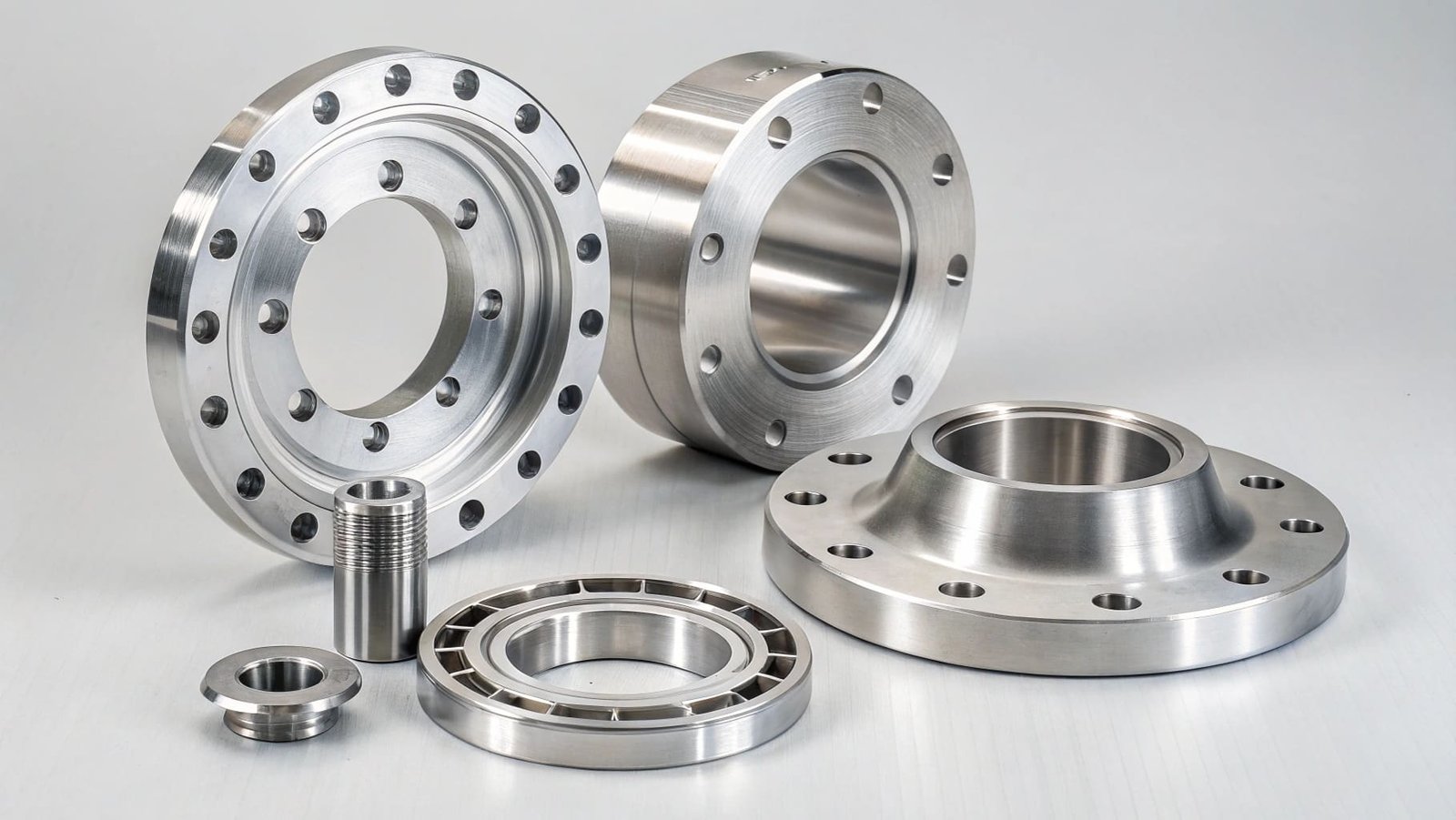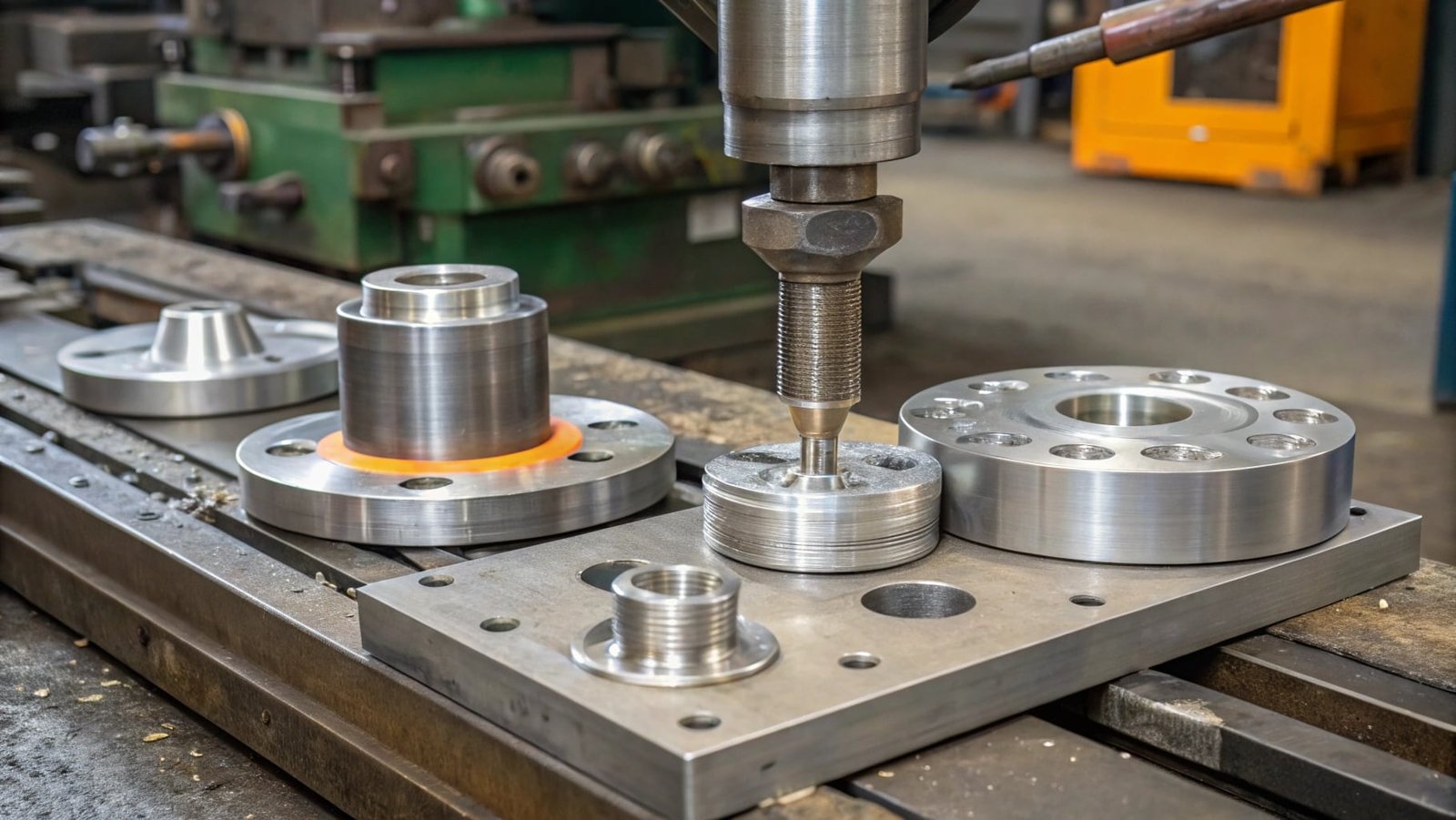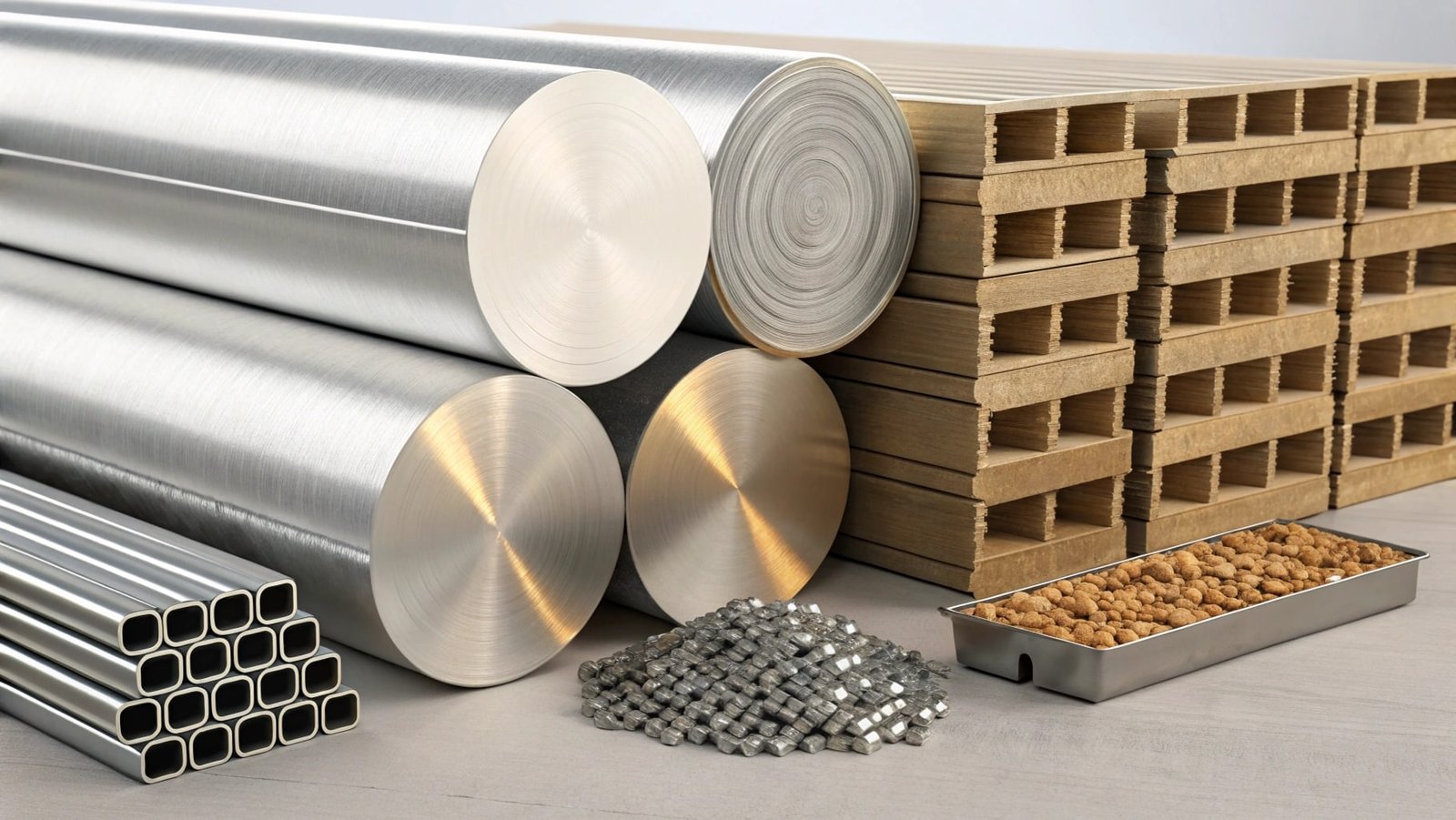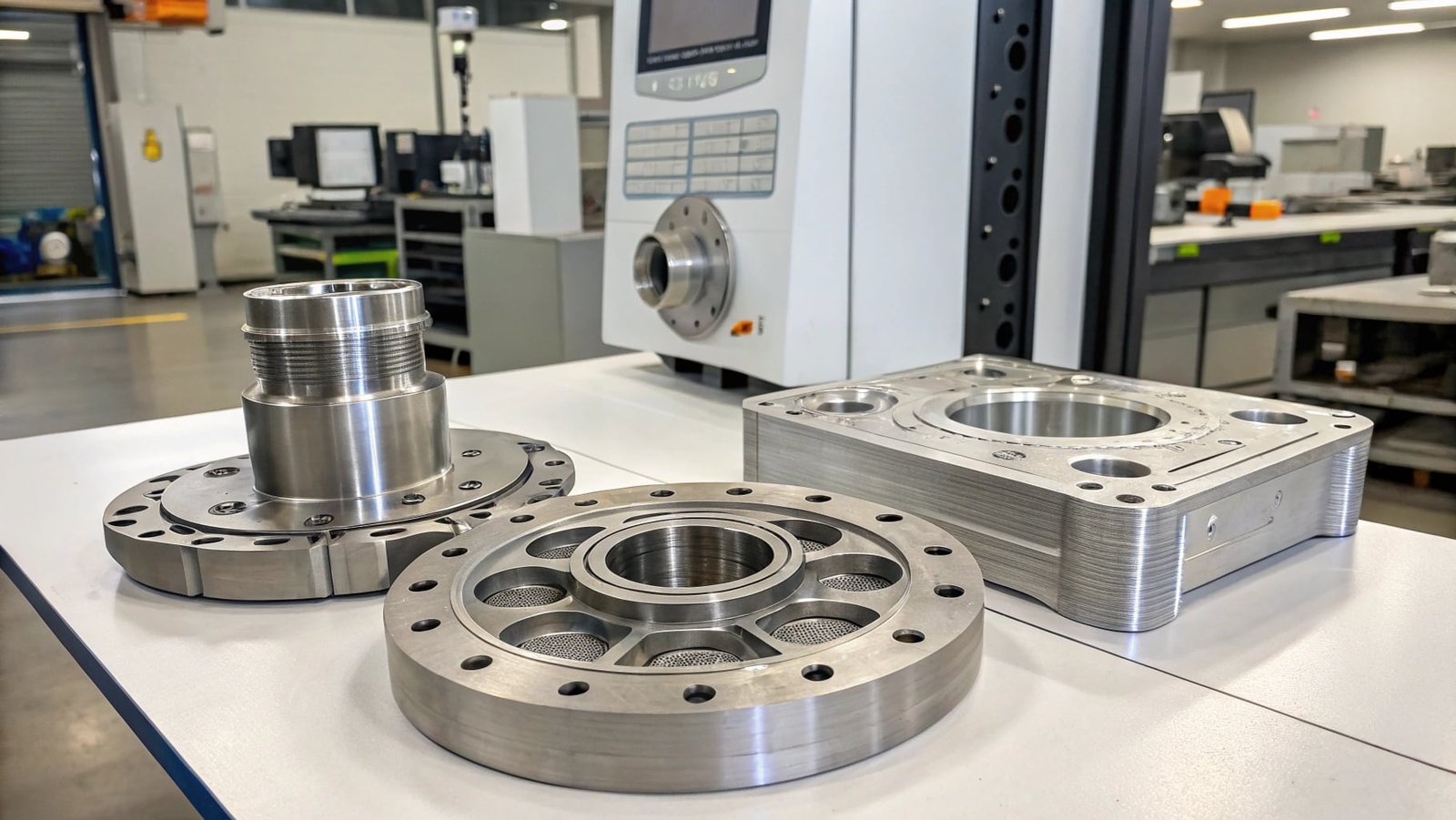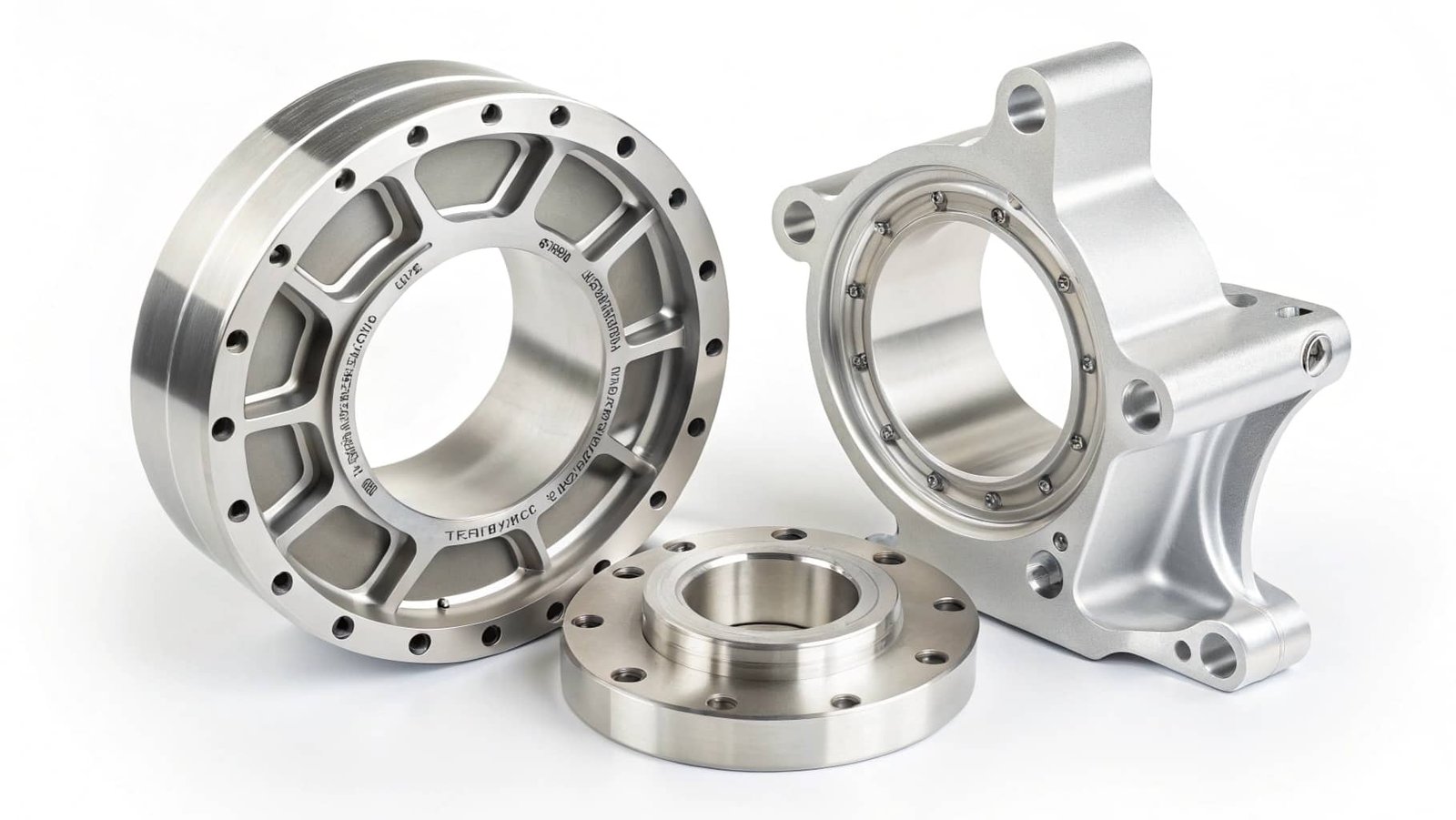Are you looking for high-quality, custom aluminum forgings? Discover why SWA Forging's expertise in open die forging is your best choice.
SWA Forging specializes in aluminum open die forging1, offering customized solutions, superior material properties, and cost-effective production for large or unique components, ensuring clients receive durable and reliable parts tailored to their specific needs.
At SWA Forging, we pride ourselves on our deep understanding of aluminum forging. When clients require custom parts, especially larger ones or those with unique specifications, our open die forging capabilities shine. It’s a process we’ve honed over years of experience, allowing us to deliver exceptional quality and value.
What are the three essential tools to use when forging?
Forging, whether open die or closed die, relies on specific tools to shape heated metal effectively and safely.
The three essential tools commonly used in forging, especially in open die operations, are the anvil (or die on the hammer), the hand tools (like tongs or manipulators), and the forging dies themselves (which can range from simple flat dies to shaped impressions).
When you think about the physical act of forging, certain tools immediately come to mind. These are the fundamental instruments that allow a blacksmith or a forging machine operator to manipulate and shape hot metal precisely and safely.
Here are the essential tools:
- The Anvil/Die: This is the stationary or lower surface against which the metal is worked. In a hammer forging operation, it's the anvil of the hammer. In a press forging operation, it's the lower die. For open die forging, this can be a simple flat surface or a die with a specific shape, like a V-groove or round impression.
- Hand Tools/Manipulators: These are used to hold, turn, and move the heated workpiece. For smaller items, blacksmiths use tongs. For larger or heavier parts, especially in industrial settings, manipulators or specialized robotic arms are used to safely handle the workpiece and position it accurately against the dies.
- Forging Dies/Tooling: These are the shaping implements. In open die forging, these can be relatively simple, like flat dies, fullering dies, or swaging dies, used to reduce the cross-section or create basic shapes. In closed die forging, these are complex, custom-made impressions that define the final part geometry.
These tools work in conjunction, allowing for the controlled deformation of metal under heat and pressure to achieve the desired shape and material properties.
What is the basic knowledge of forging?
Forging is an ancient metalworking process that transforms metal into desired shapes through compressive forces, resulting in stronger, more durable components.
The basic knowledge of forging involves heating metal to a suitable temperature and then applying mechanical force through hammering or pressing to deform it into a specific shape using dies. This process refines the metal's grain structure, eliminating voids and improving strength, ductility, and toughness.
Understanding the fundamentals of forging is crucial for appreciating its benefits. It's a process that combines heat, force, and precise shaping to create metal parts that are superior in many ways to those made by other methods.
Here's a look at the basic knowledge:
- Heating the Metal: Metal is heated to a specific temperature range, known as the forging temperature. This temperature is crucial; it must be hot enough to make the metal malleable and easy to shape but not so hot that it burns or degrades the material. For aluminum alloys2, this range is typically lower than for steel.
- Applying Force (Deformation): The heated metal is then subjected to compressive forces3. This can be done using:
- Hammering: Impact forces are applied rapidly, often in open die forging or some types of closed die forging.
- Pressing: A steady, continuous pressure is applied, common in both open die and closed die forging, allowing for more controlled deformation, especially for large parts.
- Using Dies: The force is typically applied through dies. These can be:
- Open Dies: Simple dies that don't fully contain the metal, allowing for more manipulation and custom shaping.
- Closed Dies (Impression Dies): Complex dies with cavities that match the final part shape, enclosing the metal to form it accurately.
- Grain Structure Refinement: As the metal is deformed, its internal grain structure is refined and aligned along the lines of flow. This process closes internal voids, reduces defects, and significantly enhances the material's mechanical properties.
- Cooling: After forging, the part is cooled, often followed by heat treatment to achieve specific desired properties.
At its core, forging is about controlled plastic deformation to create strong, reliable metal components.
What is the process of forging aluminum?
Forging aluminum involves heating the alloy to a specific temperature and then shaping it using mechanical force, typically within dies, to achieve the desired form and properties.
The process of forging aluminum begins with selecting the appropriate aluminum alloy, heating it to its optimal forging temperature (typically between 700-900°F or 370-480°C, depending on the alloy), and then shaping it using either open or closed dies under significant mechanical force (hammering or pressing), followed by controlled cooling, and often a heat treatment process.
Understanding the steps involved in forging aluminum helps clarify why it produces such high-quality components. It's a carefully controlled sequence designed to manipulate the metal's structure for optimal performance.
Here’s a breakdown of the typical aluminum forging process:
- Material Selection: Choosing the correct aluminum alloy is critical, based on the required mechanical properties, corrosion resistance, and machinability for the final application.
- Preheating: The aluminum stock (billet, bar, or pre-form) is heated to a precise forging temperature. This temperature varies by alloy but is generally in a range that makes the aluminum malleable without causing detrimental microstructural changes. For example, common alloys like 6061 might be forged around 750-850°F (400-450°C).
- Shaping:
- Open Die Forging: The heated aluminum is placed on a simple die or anvil. A hammer or press applies force, and the metal is shaped through repeated blows, drawing out, upsetting, or bending. The operator manipulates the workpiece between blows to achieve the desired dimensions.
- Closed Die Forging: The heated aluminum is placed into a die cavity. A press or hammer strikes the metal, forcing it to flow into the contours of the die. This process is repeated as necessary to fill the die completely and achieve the final shape.
- Finishing Operations: After forging, the part may undergo trimming to remove excess material (flash) formed at the die parting line. It might also be straightened or undergo minor cosmetic finishing.
- Heat Treatment (Optional but Common): Many aluminum alloys benefit from heat treatment to achieve optimal mechanical properties. For instance, alloys like 6061 are often solution heat-treated and then artificially aged (e.g., to T6 temper) to significantly increase their strength and hardness.
- Inspection: The forged parts are inspected for dimensional accuracy, surface defects, and internal integrity, often using non-destructive testing methods.
This controlled process ensures that aluminum forgings are strong, accurate, and suitable for demanding applications.
What is stronger, forging or casting?
When comparing the mechanical properties of forged parts versus cast parts, forging generally yields superior strength and durability.
Forging is stronger than casting because the forging process aligns the metal's grain structure with the contours of the part, eliminates internal voids, and reduces defects. This results in higher tensile strength, yield strength, ductility, and fatigue resistance compared to cast components, which can contain internal porosity and have less uniform grain structures.
Clients often ask about the inherent strength advantages of forged components. This is a key reason why forging is the preferred method for critical applications where material integrity is paramount.
Here’s a breakdown of why forging is typically stronger:
- Grain Structure: Forging involves plastic deformation. This action refines the metal's crystal grains and aligns them in a pattern that follows the shape of the part. This directional grain flow significantly enhances tensile strength, toughness, and fatigue life. Casting, on the other hand, involves molten metal solidifying, which can result in less uniform grain structures and potential weaknesses.
- Elimination of Internal Defects: Casting processes can sometimes lead to internal defects such as porosity (trapped gas bubbles), shrinkage cavities (voids caused by uneven cooling), and inclusions. These defects act as stress concentrators, making the part more susceptible to failure under load. Forging, by working solid metal, tends to close these defects or prevent them from forming.
- Improved Ductility and Toughness: The refined grain structure and absence of voids in forged parts contribute to greater ductility (the ability to deform without fracturing) and toughness (the ability to absorb energy before breaking). This is particularly important in applications subjected to impact or cyclic loading.
- Fatigue Resistance: Due to their superior internal structure and lack of stress-raising defects, forged parts generally exhibit better resistance to fatigue failure, meaning they can withstand repeated stress cycles for a longer period.
While casting offers advantages in producing very complex shapes more easily and often at a lower initial cost for low volumes, forging consistently delivers superior mechanical properties for performance-critical applications.
Conclusion
At SWA Forging, our expertise in aluminum open die forging ensures you receive cost-effective, high-quality custom components. While forging requires specific tools and knowledge, its process of controlled deformation creates aluminum parts with superior strength, ductility, and reliability compared to casting.






